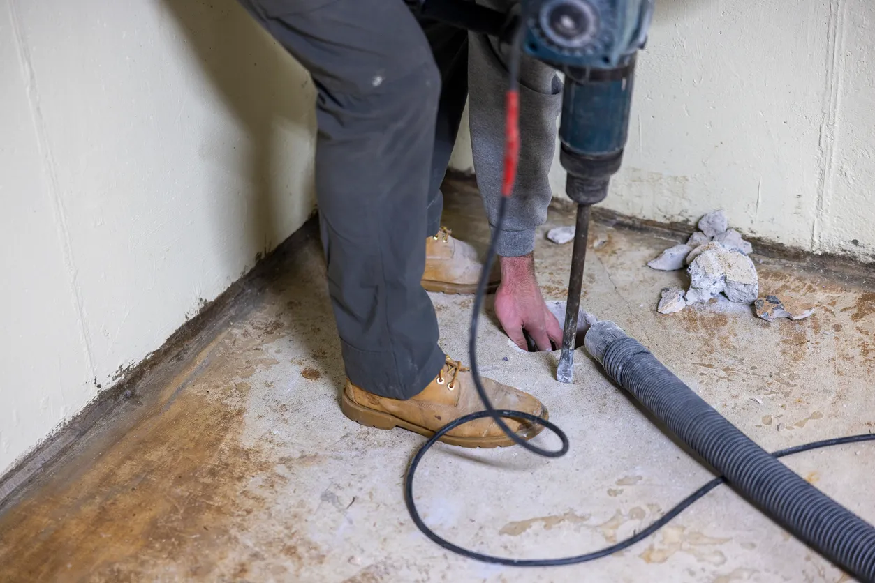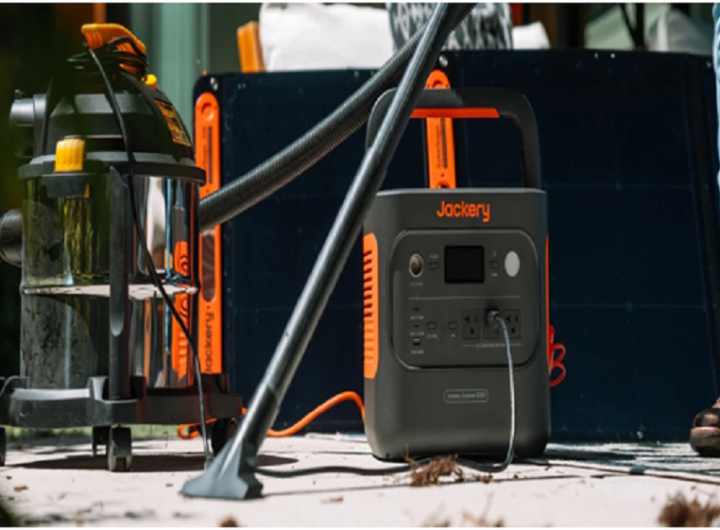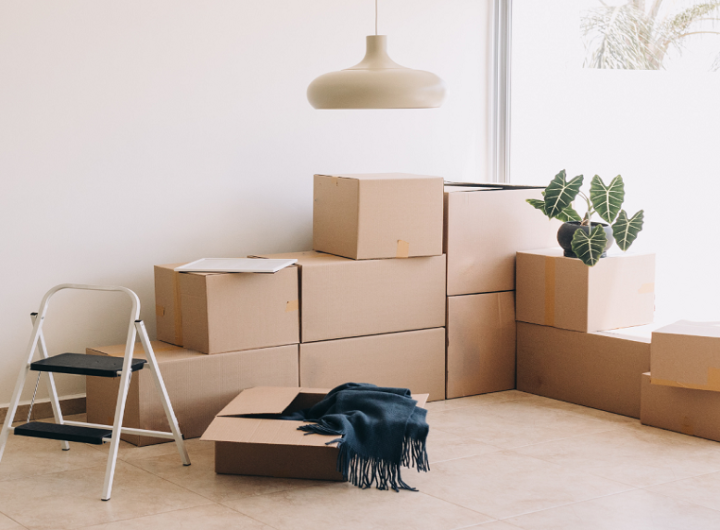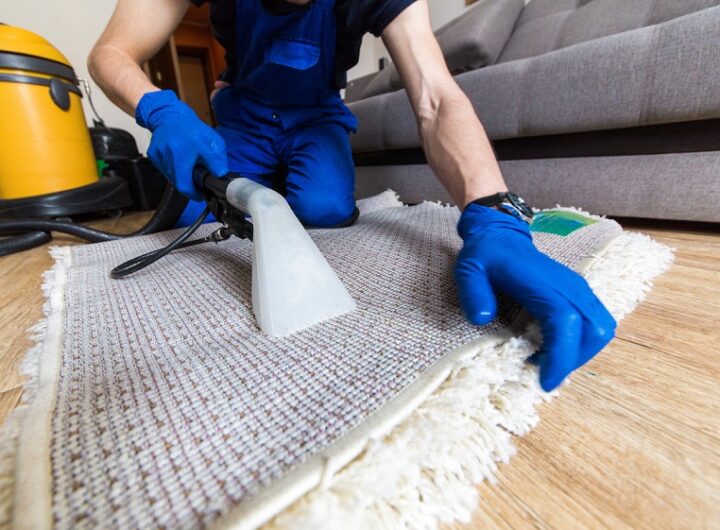
Radon is a natural gas released from water, soil, or rock. It is known as a silent killer since it is odorless and colorless. It is also dangerous and can accumulate in your home. Prolonged exposure to this gas increases the risk of getting lung cancer. In fact, radon ranks second amongthe main causes of lung cancer.
The following are seven important things you should know about radon testing.
1. Radon is Everywhere
However, some homes face more exposure than others. The gas occurs when the uranium in water, rock, or soil breaks down. Therefore, it is vital to test for radon to be on the safe side.
2. Radon Testing and Mitigation Companies Are Different
Not every company that claims to do radon testing is genuine. Some might not be certified or qualified. In fact, some claim to find radon in your home just so they can sell mitigation systems. That is why it is vital to be careful when hiring a company. Consider Calgary radon testing from a well-reputed, licensed, and qualified company. It will offer accurate results and mitigation services to keep your home safe.
3. Testing is Straightforward
Radon tests are easy. A simple test can tell if there is radon present and whether you will need mitigation strategies to lower this level. Even though there are DIY radon test kits on the market, it is advisable to hire an experienced and qualified company to conduct the tests. The company will monitor and suggest the best prevention measures.
4. Radon Levels Vary
The levels of the gas vary from one place to another. Even if neighbors are below the recommended level of radon, that does not mean your home tests the same.
5. Test Duration Varies Based on Needs
There is no fixed period for radon tests. The length of a test will depend on your needs and specifications. However, short tests can take between 48-120 hours. Such tests provide a brief overview of the gas activity.
Long-term tests last for a long time. They can take months to years to help identify level variations due to barometric pressure or temperature changes.
6. Radon Has Recommended Levels
Basically, radon does not have a safe level. However, homes with high levels face a higher risk. Radon is measured in pCi/L. If the levels are 4 pCi/L or higher, it is advisable to create mitigation strategies. You may need to conduct another test to verify the accuracy. Additionally, you will need to install a radon reduction system.
7. Radon Mitigation is Crucial
If you detect radon gas in your home, there are several steps you need to take. The first thing you must do is ensure proper ventilation in your home.
You can install a mitigation system immediately. However, how you install and the duration will depend on your home layout and foundation.
End Note
Radon testing is affordable and easy. Therefore, as a homeowner, take the step of testing radon levels in your home. Call an experienced and licensed radon testing company to conduct the test. If you find high radon levels, ask the company to recommend the best mitigation system to keep your family and home safe.

 A Log Cabin State of Mind
A Log Cabin State of Mind  Reasons to Consider a Concrete Patio for Your Outdoor Space
Reasons to Consider a Concrete Patio for Your Outdoor Space  Holiday Fun at Home: Enhancing Family Activities with Reliable Battery Backup
Holiday Fun at Home: Enhancing Family Activities with Reliable Battery Backup  Why a Solar Charger is Essential for Charging Your GPS on Mountain Climbs
Why a Solar Charger is Essential for Charging Your GPS on Mountain Climbs  How to Coordinate a Multi-Stop Move
How to Coordinate a Multi-Stop Move  Tips for Downsizing Before a Move: What to Keep and What to Toss
Tips for Downsizing Before a Move: What to Keep and What to Toss  How Often Should You Vacuum Your Carpet?
How Often Should You Vacuum Your Carpet?  Myths about Pest Control Services in Clermont: You Need the Experts!
Myths about Pest Control Services in Clermont: You Need the Experts!  Financing Your Dream Home: An Introduction to Construction Loans
Financing Your Dream Home: An Introduction to Construction Loans